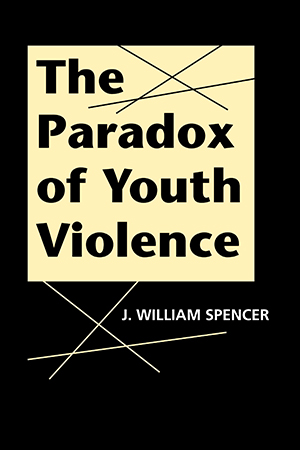
- 2011/211 pages
- Social Problems, Social Constructions
The Paradox of Youth Violence
Hardcover: $65.00
ISBN: 978-1-58826-788-7
Winner of the Midwest Sociological Society Distinguished Book Award, 2013!
Is a teenage violent offender a dangerous predator—or a vulnerable innocent that we should rescue from a life of crime? J. William Spencer probes our ambivalent response to youth violence to show how deeply entwined issues of crime, age, race, and class distort our understanding of an important social problem.
Spencer's pointed yet nuanced analysis traces how misconceptions about youth violence—whether in the form of gangs, school violence, "superpredators," or cyberbullying—take root in our national consciousness and undercut our attempts to remedy the problem. Equally, it offers a new understanding both of the nature of juvenile delinquency and of the role of cultural politics in shaping criminal justice and social services policy.
Is a teenage violent offender a dangerous predator—or a vulnerable innocent that we should rescue from a life of crime? J. William Spencer probes our ambivalent response to youth violence to show how deeply entwined issues of crime, age, race, and class distort our understanding of an important social problem.
Spencer's pointed yet nuanced analysis traces how misconceptions about youth violence—whether in the form of gangs, school violence, "superpredators," or cyberbullying—take root in our national consciousness and undercut our attempts to remedy the problem. Equally, it offers a new understanding both of the nature of juvenile delinquency and of the role of cultural politics in shaping criminal justice and social services policy.





